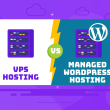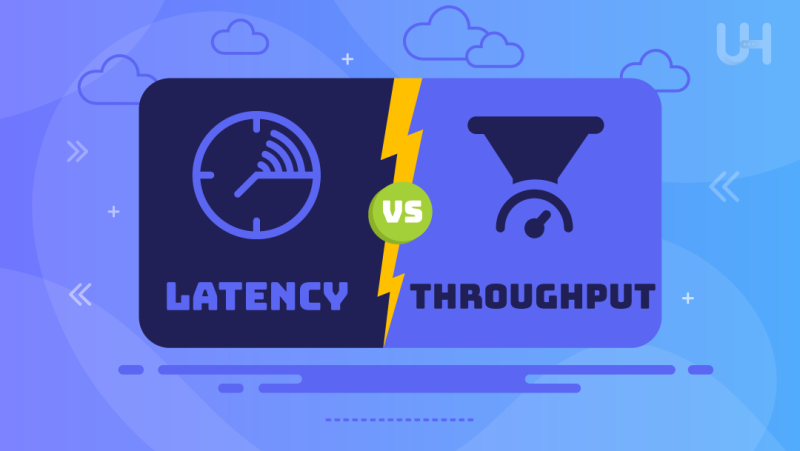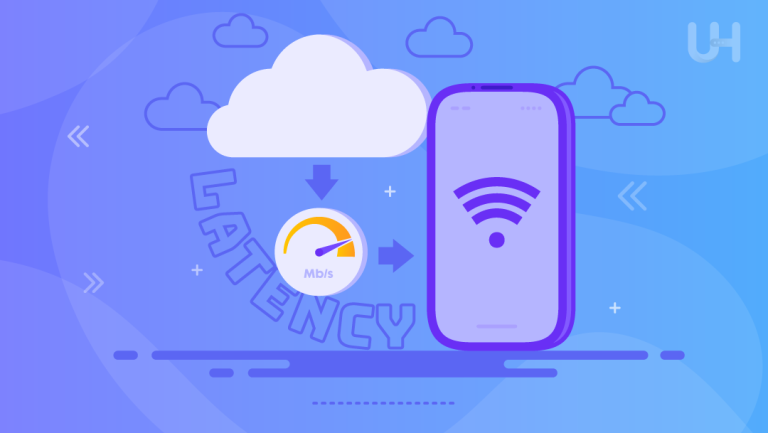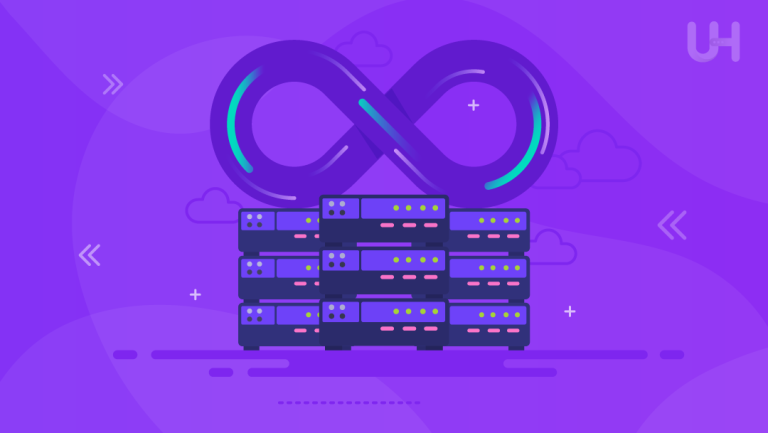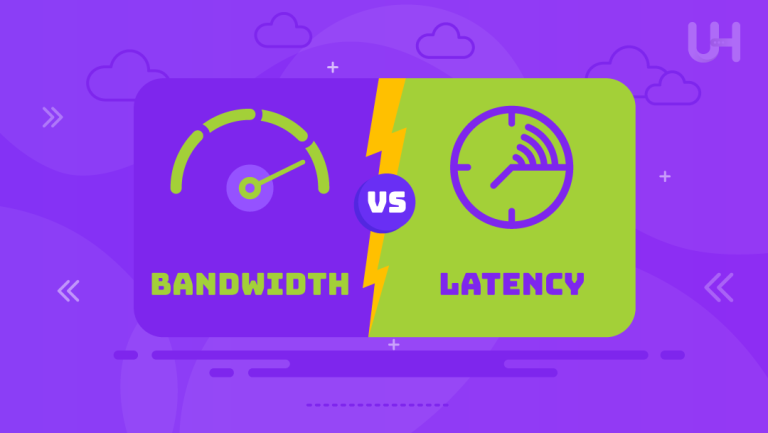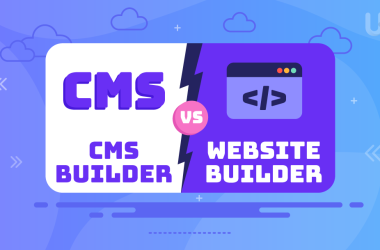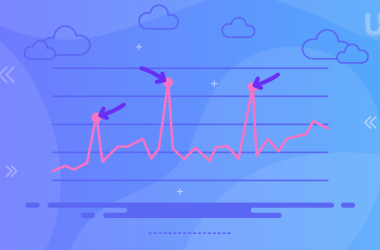Studies reveal that the average internet user envisions a website loading in under three seconds. This reminds us that speed and efficiency are crucial for any business website. The comparison of latency vs throughput comes to mind when talking about speed and efficiency. Since, both are two performance metrics that are pillars of excellence in computing, networking, and hosting. Both are essential for evaluating the effectiveness of your system, application, or network, yet they illuminate different parts of performance. Grasping the phenomenon of latency vs throughput is key to unlocking the full potential of your infrastructure.
In this blog, we will explore these vital elements, understand their differences, and illuminate why both are indispensable in your journey toward greatness. Ultimately, you will understand the importance of both metrics. Whether you’re optimizing a server, enhancing your website’s loading speed, or pursuing a flawless network experience, understanding these concepts empowers you to elevate performance to new heights.
What is Latency?
Latency refers to the measurement of time required for data to travel from point A to B within a system. Gaming and streaming service users typically refer to it as “lag,” but network administrators refer to it as a delay or latency delay. Being aware of latency is vitally important for optimizing performance across digital platforms.
Key Aspects of Latency
- Measured in milliseconds (ms): The lower latency indicates much faster communication.
- Round-trip time (RTT): RTT refers to the time it takes for a signal to travel from the source to the destination and back.
- Causes of latency: Physical distance, network congestion, hardware limitations, and data processing times.
When accessing a website from another country, latency refers to the delay between sending requests and when the server responds. This metric evaluates load times and user experience, prioritizing fast gaming, video streaming, and VoIP applications performance. Prioritizing low latency ensures uninterrupted digital experiences!
What is Throughput?
Throughput is an essential concept describing the volume of data transferred between locations in an assigned time period. Simply stated, throughput measures how efficiently your system or network processes that information. Understanding throughput allows one to assess system performance as well as capacity.
Key Aspects of Throughput
- Measured in bits per second (bps), MBps, or GBps: Higher throughput indicates a higher data transfer rate.
- Capacity: Often referred to as “bandwidth,” but it’s not the same; throughput is the actual data transferred, whereas bandwidth is the potential maximum.
- Influences on throughput: Network congestion, data packet loss, or system limitations.
Throughput is essential for downloading large files and streaming 4K videos; higher throughput leads to faster downloads and smoother media streaming, which is vital for cloud computing, file transfers, and video conferencing.
Latency or Throughput: Which is More Important?
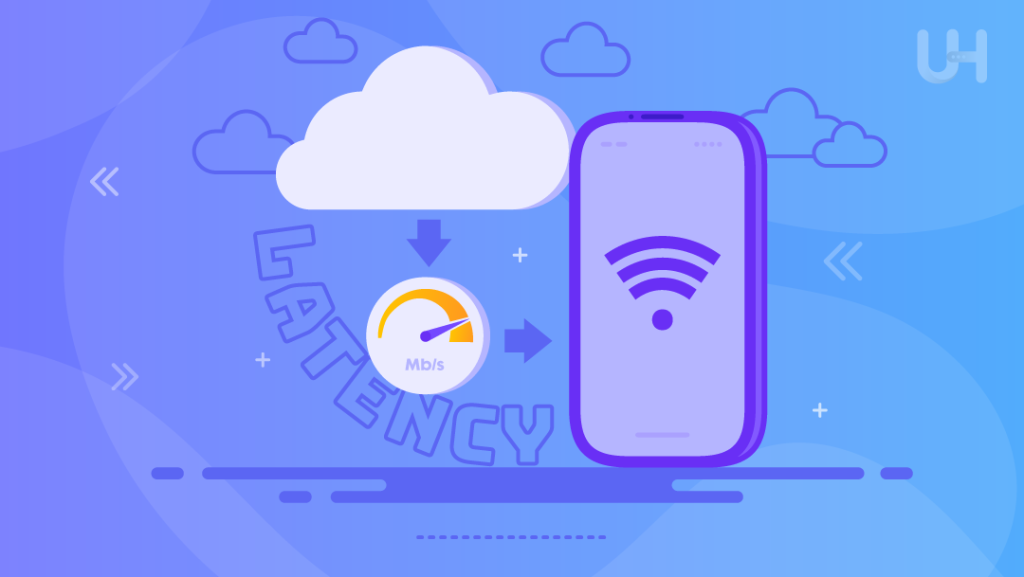
Understanding throughput vs latency requires acknowledging their relative significance for every application or service. Latency issues may have significant ramifications on some applications while processing large volumes of data efficiently is crucial to others. Knowing this distinction between them will allow one to optimize performance accordingly in any scenario.
When Latency is Critical?
- Online gaming: A delay of just a few milliseconds can mean victory and defeat.
- Video conferencing and VoIP: Delayed audio or video can cause frustrating communication issues.
- Real-time applications: These are when immediate data feedback is required, such as in stock trading platforms or live event streaming.
When Throughput is Essential?
- File downloads and uploads: The faster the throughput, the less time it takes to transfer large files.
- Data backup and cloud storage: High throughput speeds up data transfer for large-scale backups.
- Streaming high-definition content: Smooth, high-quality streaming without buffering requires high throughput.
In summary, optimizing system and network performance requires careful consideration of both latency and throughput. Each plays a crucial role in overall effectiveness, and the main challenge lies in achieving an appropriate balance that is specifically aligned with your application’s unique requirements.
Optimize Latency and Throughput with Fast VPS!
Looking to optimize both latency and throughput for your online projects? With powerful servers, blazing speeds, and 99.99% uptime, UltaHost’s fast VPS ensures your applications run smoothly, no matter the demand.
Latency vs Throughput: Critical Differences
Let’s take a closer look at the critical differences between latency vs throughput:
| Aspect | Latency | Throughput |
| Definition | The time it takes for data to travel. | The amount of data transferred per second. |
| Unit of Measurement | Milliseconds (ms) | Bits per second (bps), MBps, or GBps |
| Use Cases | Gaming, VoIP, real-time applications | Streaming, file transfers, backups |
| Effect of Congestion | Increases delay | Reduces data transfer rate |
| Performance Metric | Lower is better | Higher is better |
When downloading a large file from a remote server, it’s important to consider the concept of throughput. High throughput indicates the potential for transferring data at a fast rate; however, various factors, such as latency and network congestion, can impact the overall download experience. Understanding these elements can help optimize file transfers and minimize waiting times.
Why Understanding Latency vs Throughput Matters?
For businesses, and more so for those offering web hosting services, the exact understanding of how latency and throughput are related will be important. This will not only contribute to better customer satisfaction but also make a whole lot of difference in critical operations that surround running the core of running a business:
- Web Performance: Low latency and high-throughput servers ensure that websites load fast and work smoothly, which is crucial to retaining user engagement and improving SEO rankings.
- Network Infrastructure: For businesses on cloud services or RDP servers, this means tuning network infrastructure to minimize latency and maximize throughput so operations run seamlessly.
- Customer satisfaction: Poor latency or throughput can lead to slow service delivery, driving customers away.
Regardless of whether you run a small business website or a large eCommerce platform, maintaining an optimal balance between low latency and high throughput is crucial for enhancing your infrastructure’s performance and scalability. This balance not only improves user experience but also effectively supports your growth objectives.
How to Improve Latency and Throughput
Improving Latency
- Use Content Delivery Networks (CDNs): Content Delivery Networks store cached content on multiple servers worldwide, reducing the physical distance data must travel, which lowers latency.
- Upgrade hardware: Faster processors, better network cards, and optimized server configurations can reduce the time it takes to process data.
- Reduce network hops: Simplifying the number of routers and switches your data passes through can reduce latency.
Improving Throughput
- Increase bandwidth: Upgrading to a higher-bandwidth internet connection allows more data flow through your network.
- Optimize data compression: Compressing data during transmission can help increase throughput by reducing the overall data size.
- Minimize packet loss: Ensuring a stable and reliable network connection can help prevent packet loss, directly impacting throughput.
When working with hosting services, it is also vital to consider server location and data optimization to achieve the best balance between latency and throughput.
Conclusion
When considering Latency vs Throughput, it’s essential to recognize their interrelation. Latency measures how quickly data travels; throughput measures its simultaneous speed.
To optimize network performance, companies should focus on both low latency for real-time applications and high throughput for large file transfers and streaming. Consider your specific use case to find the right balance, ensuring efficient systems for online gaming and streaming services.
For optimal performance and enhanced security, pair your high-throughput, low-latency setup with Cloudflare server hosting from UltaHost. With fast speeds, DDoS protection, and reliable uptime, you can ensure your online projects run smoothly and securely.
FAQ
What is the difference between latency and throughput?
Latency refers to the time it takes for data to travel from one point to another, while throughput is the amount of data transferred per second.
Why is low latency important?
Low latency ensures quick data transmission, crucial for real-time applications like online gaming, video conferencing, and VoIP services.
When is high throughput more important?
High throughput is essential for transferring large files, streaming high-definition videos, and ensuring smooth cloud storage operations.
How can I reduce latency on my network?
You can reduce latency by using Content Delivery Networks (CDNs), upgrading hardware, and minimizing network hops.
What factors affect throughput?
Throughput is influenced by bandwidth, network congestion, data packet loss, and system limitations.
Can high throughput compensate for high latency?
No, high throughput cannot compensate for high latency. While throughput measures data transfer rates, latency measures delays, which affect performance.
How do I improve both latency and throughput?
To improve both, you can increase bandwidth, optimize data compression, minimize packet loss, and ensure hardware upgrades and efficient network design.



